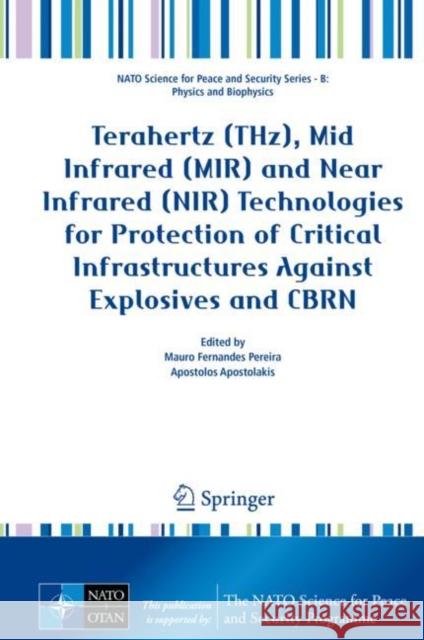Terahertz (Thz), Mid Infrared (Mir) and Near Infrared (Nir) Technologies for Protection of Critical Infrastructures Against Explosives and Cbrn » książka
topmenu
Terahertz (Thz), Mid Infrared (Mir) and Near Infrared (Nir) Technologies for Protection of Critical Infrastructures Against Explosives and Cbrn
ISBN-13: 9789402420814 / Angielski / Twarda / 2021 / 285 str.
Terahertz (Thz), Mid Infrared (Mir) and Near Infrared (Nir) Technologies for Protection of Critical Infrastructures Against Explosives and Cbrn
ISBN-13: 9789402420814 / Angielski / Twarda / 2021 / 285 str.
cena 684,33
(netto: 651,74 VAT: 5%)
Najniższa cena z 30 dni: 655,41
(netto: 651,74 VAT: 5%)
Najniższa cena z 30 dni: 655,41
Termin realizacji zamówienia:
ok. 22 dni roboczych
Dostawa w 2026 r.
ok. 22 dni roboczych
Dostawa w 2026 r.
Darmowa dostawa!
Kategorie BISAC:
Wydawca:
Springer
Seria wydawnicza:
Język:
Angielski
ISBN-13:
9789402420814
Rok wydania:
2021
Wydanie:
2021
Numer serii:
000359120
Ilość stron:
285
Waga:
0.63 kg
Wymiary:
23.88 x 19.56 x 2.03
Oprawa:
Twarda
Wolumenów:
01











